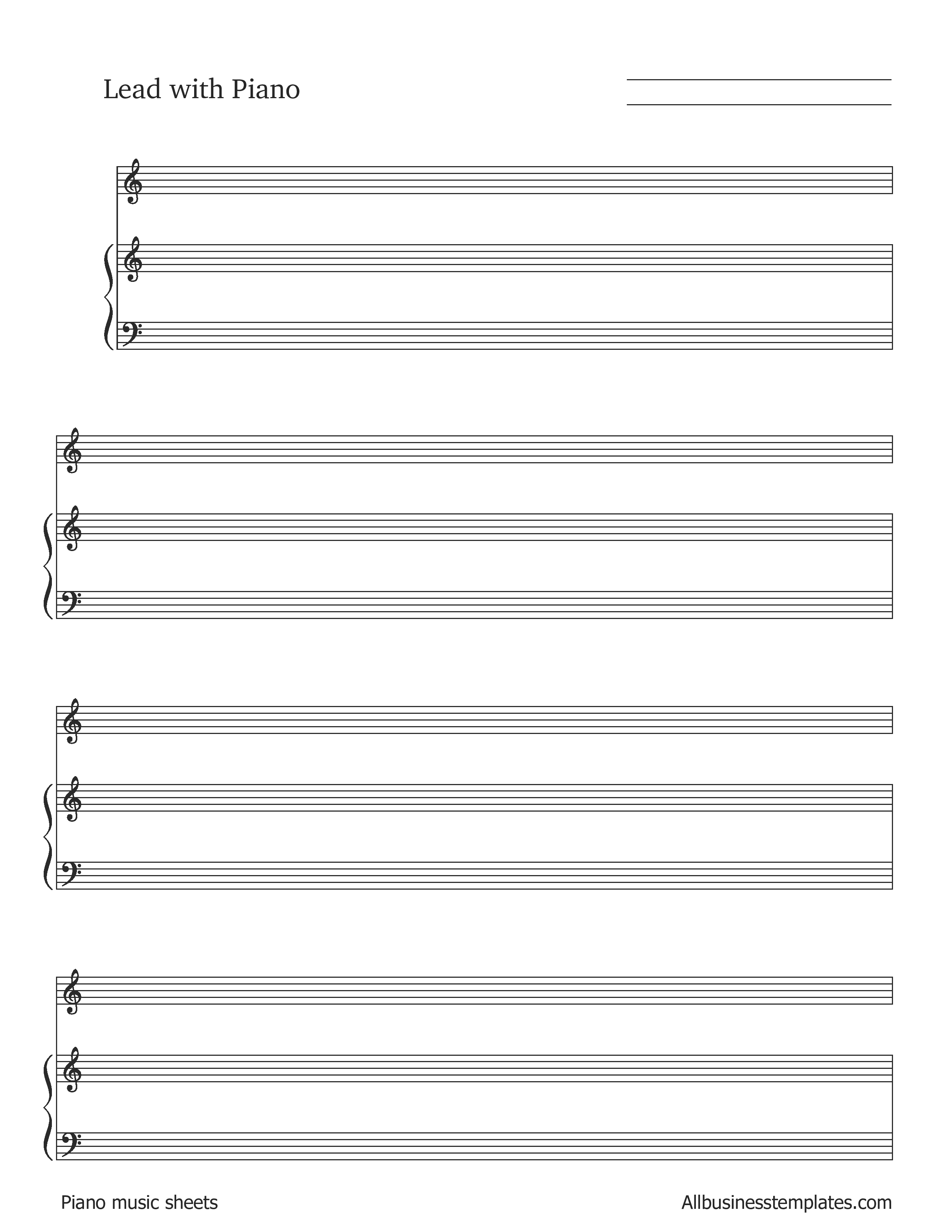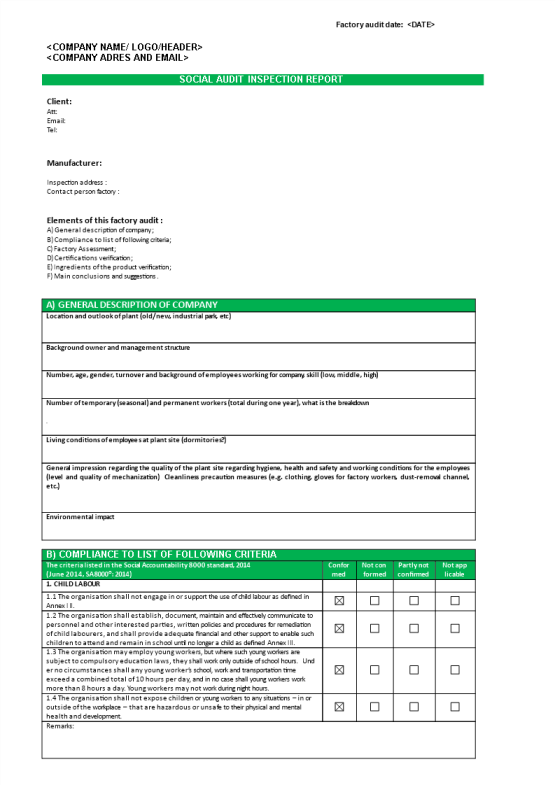Blank Piano Sheet Music
Save, fill-In The Blanks, Print, Done!

Download Blank Piano Sheet Music
Adobe Acrobat (.pdf)- This Document Has Been Certified by a Professional
- 100% customizable
- This is a digital download (78.9 kB)
- Language: English
- We recommend downloading this file onto your computer.
How to read piano sheet music? Are you ready to compose beautiful piano pieces? Do you want to ensure that the enchanting melody in your mind is captured without fading away? Look no further – what you need is piano sheet music!
For those accustomed to purchasing expensive staff paper to notate their musical creations on the piano or for those just stepping into the realm of composition, we provide user-friendly blank piano sheets. These sheets serve as a convenient starting point, saving you costs and ensuring a seamless initiation into the world of musical expression.
Reading piano sheet music is a fundamental skill for any pianist. Here's a step-by-step guide on how to read piano sheet music:
- Understand the Staff: Piano sheet music is written on a staff, which consists of five lines and four spaces. Each line and space represents a specific note.
- Learn the Clefs: There are two main clefs in piano music: the treble clef (for the right hand) and the bass clef (for the left hand). The treble clef is often referred to as the "G clef," and the bass clef as the "F clef."
- Identify Notes: Notes are placed on the lines and spaces of the staff. In the treble clef, the lines from bottom to top are E, G, B, D, and F. The spaces spell the word FACE. In the bass clef, the lines from bottom to top are G, B, D, F, and A, while the spaces spell the word All Cows Eat Grass.
- Understand Note Duration: Notes on the sheet music have different shapes, indicating their duration. Common note durations include whole notes, half notes, quarter notes, eighth notes, and so on.
- Learn Rests: Rests indicate periods of silence in the music. They also have different symbols corresponding to the duration of silence.
- Understand Key Signatures: Key signatures appear at the beginning of a piece and indicate the key of the music. They affect which notes are sharp or flat throughout the piece.
- Master Dynamics and Articulations: Dynamic markings (such as piano for soft and forte for loud) and articulations (like staccato or legato) add expressiveness to the music.
- Practice Sight-Reading: Sight-reading is the ability to play a piece of music you've never seen before. Regular practice improves this skill.
- Use Finger Numbers: Finger numbers are often marked above or below the notes, guiding you on which fingers to use for each note.
- Read the Tempo Markings: Tempo markings indicate the speed of the music. Common terms include allegro (fast), andante (moderate), and adagio (slow).
- Practice Regularly: Reading piano sheet music is a skill that improves with consistent practice. Start with simple pieces and gradually progress to more complex ones.
Remember, patience and practice are key when learning to read piano sheet music. As you become more familiar with the symbols and notations, reading music will become more intuitive.
Within our collection, you'll discover a variety of educational piano sheets, featuring spacious staves and diverse templates, all meticulously designed to accommodate a substantial amount of musical work on a single page. The free blank piano sheet music is conveniently available in PDF format, offered in different sizes to suit A4 and American letter dimensions, ensuring compatibility with any standard printer. Whether you choose to click and print instantly or download the file for future use, the process is seamless.
Choosing the correct piano notes template is crucial to immortalize your musical ideas and alleviate concerns about forgetting them. Composing a piano piece, much like crafting a literary work, is a process that requires multiple revisions. Piano notes serve as a universal language embraced by both beginners and seasoned professionals in the music industry. They provide guidance on the piano's expansive range, from low to high tones, in conjunction with any accompanying instruments. Piano notes not only enable you to share your compositions but also facilitate collaborative music production as part of a band.
Our blank piano sheet music templates cater to your musical journey, whether it's for practice or embarking on a new piano composition. The blank piano sheet music template, available in PDF format, is effortlessly downloadable, and ready for printing.
DISCLAIMER
Nothing on this site shall be considered legal advice and no attorney-client relationship is established.
Leave a Reply. If you have any questions or remarks, feel free to post them below.
Sheet Music Free
We provide blank music sheets for free if you just want to compose music, which will get you easily started and will save you costs.
Read moreRelated templates
Latest templates
Latest topics
- Influencer Marketing Templates
What makes a good influencer? Check out our effective and useful Influencer Marketing Templates here! - Obituary Templates
How to Write an Obituary? When you are forced to write an obituary for a person dear to you that has recently passed away, this is both a great honor as well as a great responsibility. - Excel Templates
Where do I find templates for Excel? How do I create a template in Excel? Check these editable and printable Excel Templates and download them directly! - Google Docs Templates
How to create documents in Google Docs? We provide Google Docs compatible template and these are the reasons why it's useful to work with Google Docs... - Family Tree Templates
Do you want a medical family tree, a public official family tree or a simple one to explain family members to your kids. We have it all for you.
cheese


